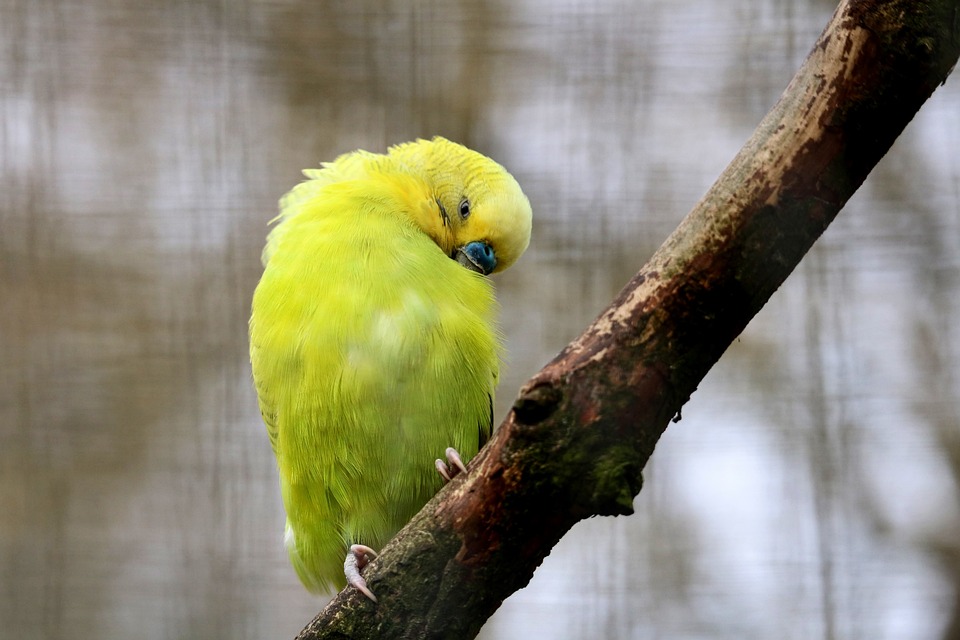Parrots are highly intelligent and social creatures that can make wonderful pets. However, introducing them to new environments can be a challenge if their behavior is not properly understood. In this article, we will explore the various aspects of parrot behavior when faced with new environments and provide valuable insights for parrot owners. We will also address common concerns through a FAQ section at the end.
When parrots are introduced to new environments, they can experience stress and anxiety. They are highly sensitive to change and may exhibit signs of stress such as excessive vocalization, aggression, feather plucking, or loss of appetite. It is important for owners to recognize these signs and take appropriate measures to alleviate their parrot’s stress.
The adaptation process is crucial when introducing a parrot to a new environment. Providing a familiar setting, such as placing their cage in a similar location or using familiar toys and perches, can help ease their transition. Gradual introductions to new surroundings, such as one room at a time, can also help them feel more comfortable. Additionally, providing enrichment, such as interactive toys and puzzles, can keep them mentally stimulated and help them adjust to their new environment.
There are several signs of positive parrot behavior that indicate they are adapting well to a new environment. Exploration and curiosity are common behaviors seen in parrots as they investigate their surroundings and engage in playful behavior. Vocalizations and communication are also important indicators of their comfort level. Parrots may vocalize to establish their presence and communicate with their owners. Recognizing different calls can help owners understand their parrot’s needs and emotions. Eating and drinking habits are another important aspect to monitor. Parrots may experience changes in appetite and water consumption during the transition period, but these should stabilize as they become more comfortable.
Addressing negative behavior in new environments is essential for the well-being of both the parrot and its owner. Aggression and fear can be managed by identifying triggers and implementing positive reinforcement techniques. Understanding the possible causes of feather plucking and self-destructive behavior is also important. It can be caused by stress, boredom, or underlying health issues. Seeking professional help from a veterinarian or an avian behaviorist is recommended to address these issues effectively.
In the FAQ section, we address common concerns that parrot owners may have. For example, it may take some time for a parrot to adjust to a new environment, but the timeframe can vary depending on the individual bird. Introducing a parrot to its cage right away is a personal choice, but gradually introducing them to their cage can help them feel more secure. To reduce stress and anxiety during the transition period, providing a familiar environment, maintaining a routine, and offering comfort can be helpful. If a parrot exhibits aggressive behavior, it is important to remain calm and implement positive reinforcement techniques. Signs of a healthy and content parrot in a new environment include active exploration, playful behavior, and a stable appetite. Feather plucking is not normal and should be addressed promptly. Seeking professional help is recommended to identify and address the underlying cause.
In conclusion, understanding parrot behavior when introducing them to new environments is crucial for their well-being and the establishment of a harmonious relationship between the parrot and its owner. By recognizing signs of stress, providing a familiar setting, and offering enrichment, parrot owners can ensure a smooth transition. Promptly addressing negative behavior and seeking professional help when needed is essential. With patience and care, you can create a comfortable and enriching environment for your feathered friend.









